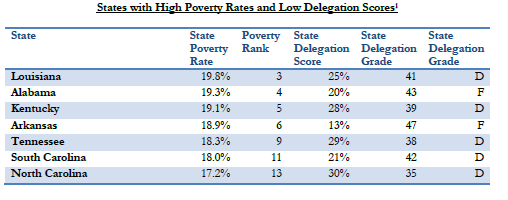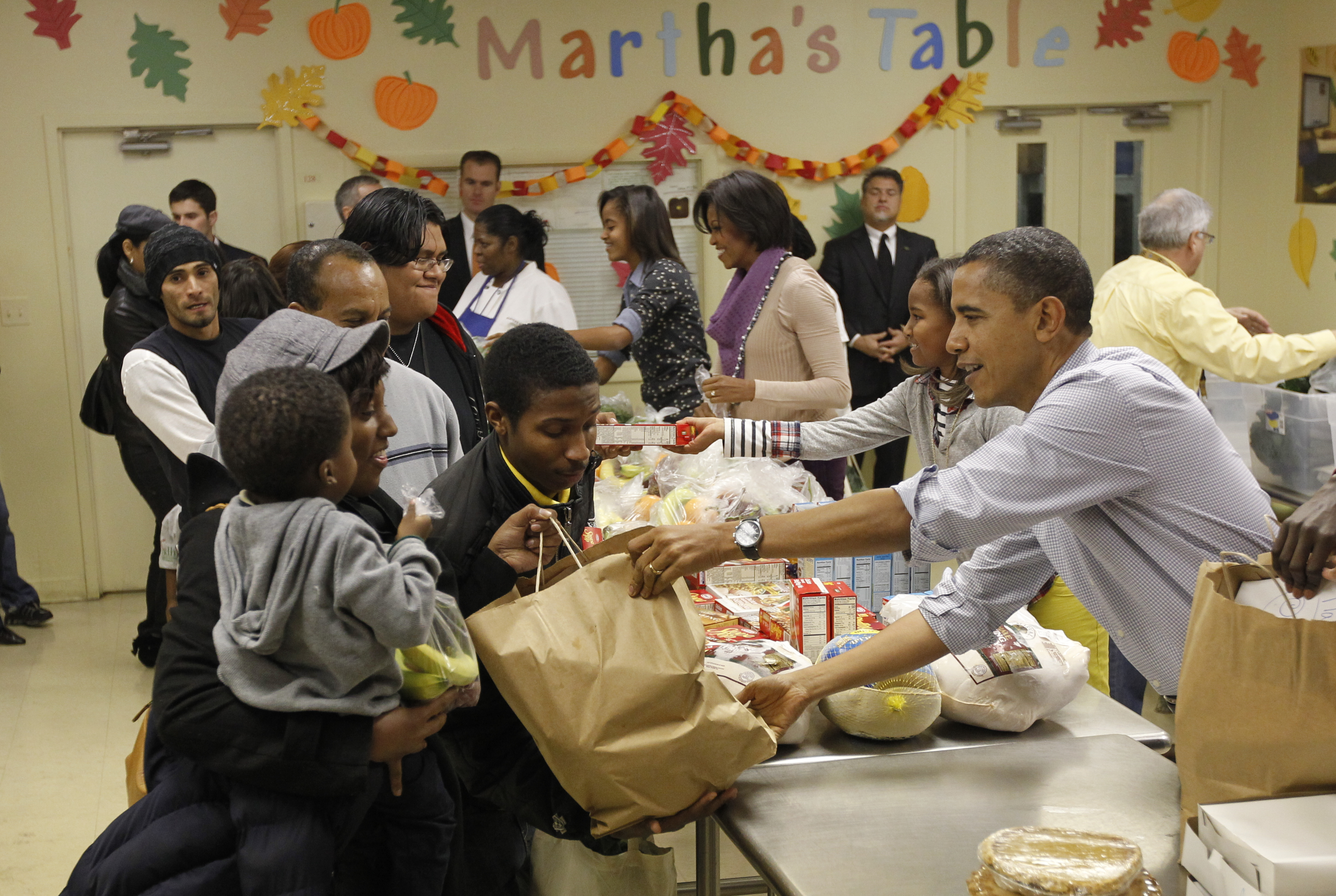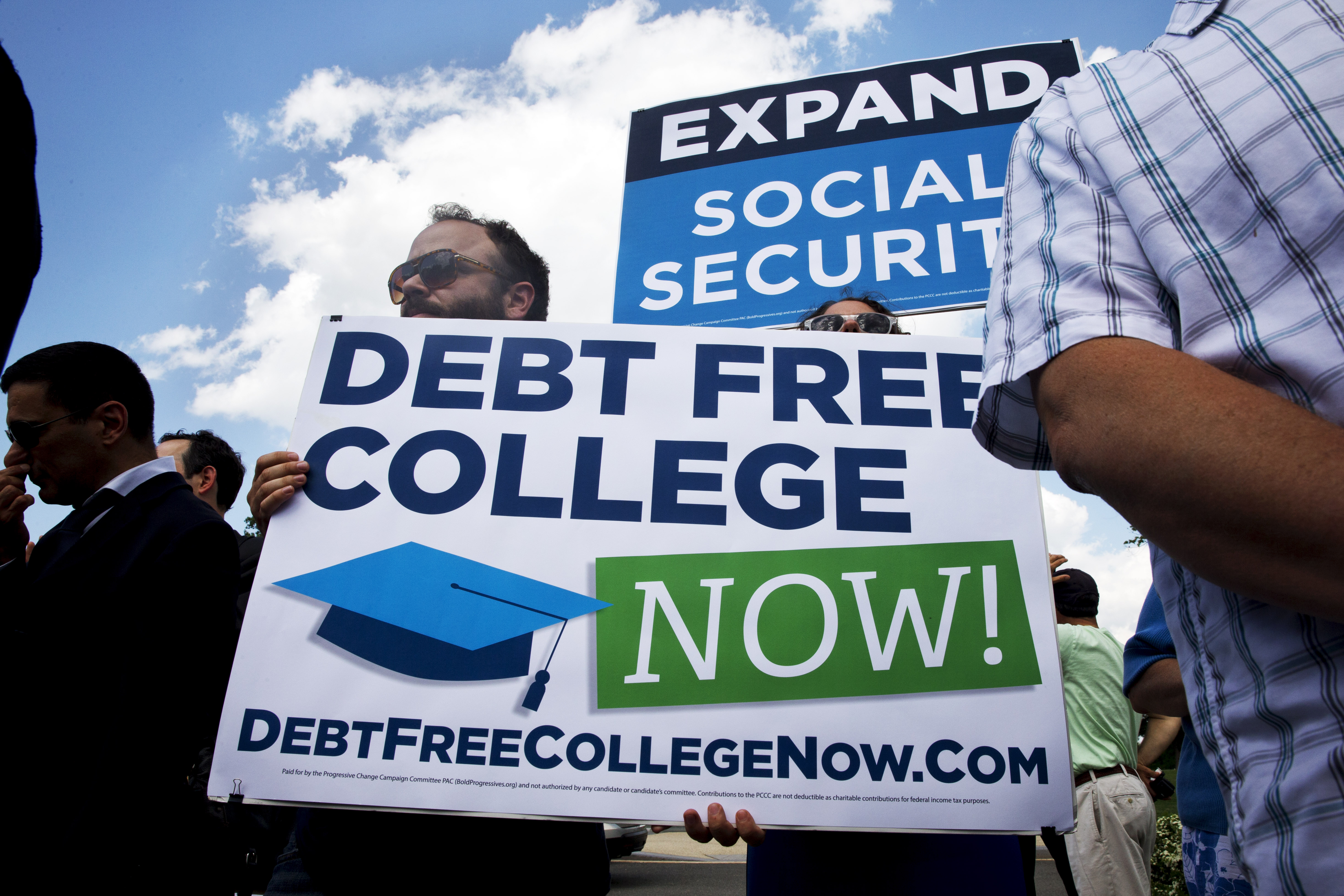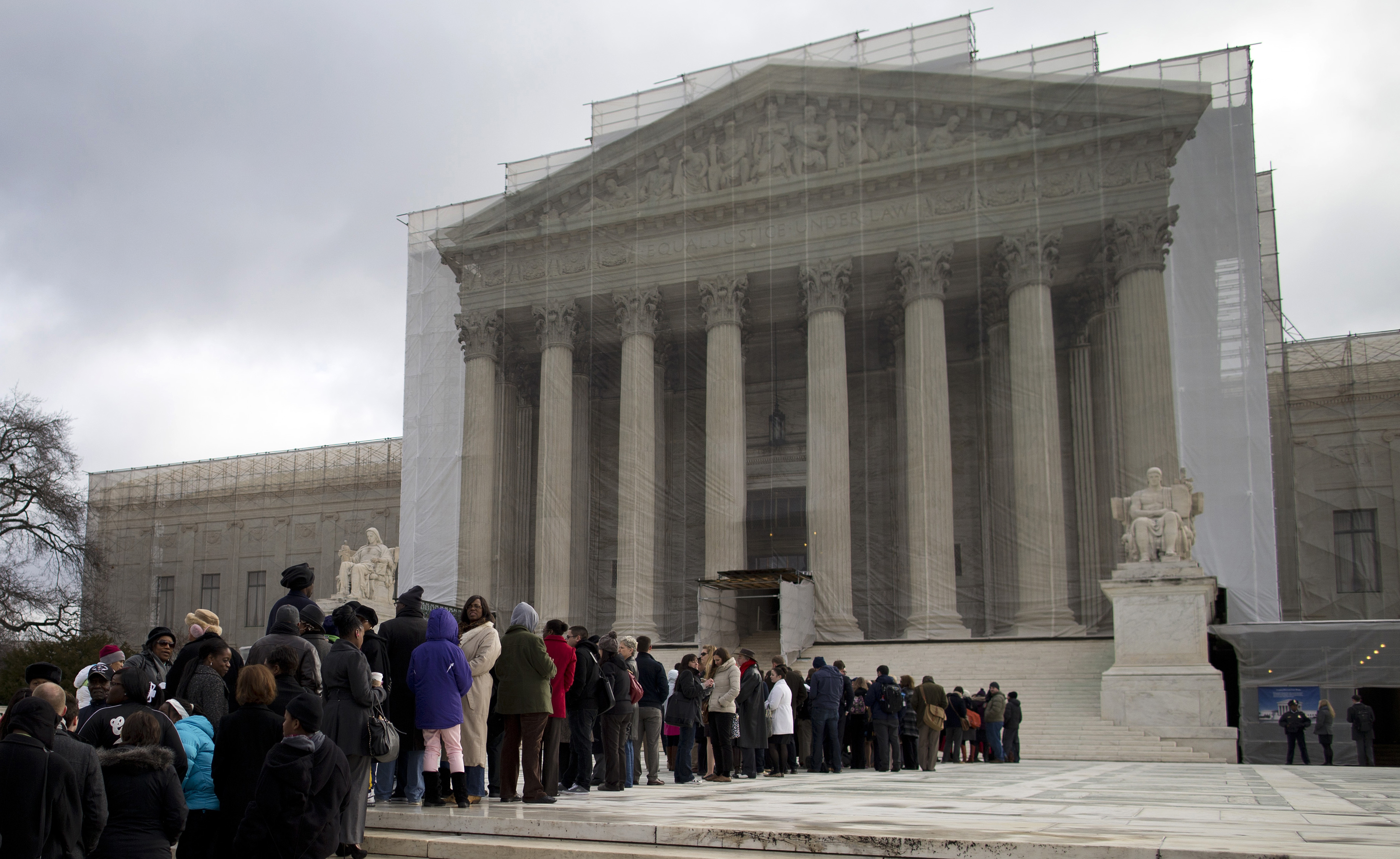This article contains a quote from an interview that may be offensive to readers.
With over a four-fold increase since the 1970s, the United States now boasts the highest rate of incarceration in the world. One in 100 adults are behind bars, and 650,000 return home each year. But where can they live? Although stable housing is key to successful social reentry and preventing recidivism, those with criminal records face enormous barriers in the housing market. They are limited not only by their economic circumstances—facing significant barriers to employment—but are often locked out of the housing they can afford. This makes the Department of Housing and Urban Development’s (HUD) new guidance—which limits the use of criminal history in tenant screening—incredibly timely, if not overdue.
Those with criminal records are not a protected class under the Fair Housing Act, which prohibits “discrimination on the basis of race, color, religion, sex, disability, familial status or national origin.” But because of the disproportionate numbers of African-Americans and Hispanics with criminal records—due in large part to law enforcement practices that have unfairly targeted them—minority renters will be unfairly burdened by blanket rental policies that exclude those who have spent time in prison, regardless of any intent to discriminate. HUD’s new guidance reminds landlords that categorically refusing to rent to people with criminal history may, then, be a violation due to “disparate impact.”
The power of this guidance depends on the actions of one important group of people: landlords. For the past three years, we have led a sociological study of 130 landlords in Baltimore, Dallas, and Cleveland, addressing the key question of how landlords decide whom to rent to.* While most landlords who rent to poor families will overlook a misdemeanor, few said that they would accept individuals with felony convictions.
Landlords in our study have a variety of official screening techniques at their disposal to sort through tenants: criminal background checks, calling previous landlords, credit checks, visiting a tenant’s current apartment, and verifying income. But many operate far outside this standard toolbox to find the tenants they want. Indeed, it is perfectly legal for landlords to use their discretion when it comes to many forms of tenant screening, but illegal discretion is common too, for example in the case of families with children. While these impressionistic techniques are sometimes used to circumvent fair housing law, they more often reflect the unconscious biases of landlords in ways that may jeopardize the successful implementation of HUD’s new guidance.
The guidance will likely be most effective for managers like Tracy (whose name has been changed to protect confidentiality), who oversees a large apartment complex in Dallas. Well-versed in fair housing law, professionals her like discuss their screening criteria in precise and rehearsed terms. There are small ways in which she can exercise discretion, mostly by marketing properties more enthusiastically to certain demographics, but the actual screening process is largely outside of Tracy’s control. Her complex simply purchases software from the Texas Apartment Association. She plugs in the information from each application and hits submit—the system determines eligibility.
This isn’t just a matter of efficiency. Corporate landlords intentionally take discretion out of the hands of managers like Tracy, reducing vulnerability to discrimination claims. So long as property managers rely on the software algorithms, owners are protected from litigation. But highly professionalized corporate managers like Tracy represent less than half of the low-end rental market. The rest are individual operators owning anywhere from one to a few dozen properties that they manage themselves, making up the rules as they go along.
Gus is one of these “mom and pop” landlords who uses quite a bit of discretion picking his tenants. Now in his early 60s, Gus spent his career at a money management firm where he amassed enough personal wealth to buy a house in Dallas’ tony Highland Park. But when the firm downsized and Gus was pushed from the high-energy world of stockbroking to a staid quasi-retirement, he decided to invest in low-end rental properties.
We spent two days with Gus, riding shotgun in his truck while he went about his business. Gus started off the screening process by text message, sending photos of the unit and a flood of screening questions to potential renters. The first applicant got only to question two. Though he stated his income was $3,500 per month as a contractor, he could not provide proof. Gus noted dismissively, “That guy eats what he kills,” and put the phone back in his pocket.
Later on, Gus met another prospective tenant at a McDonald’s. He ate in relative silence while the middle-aged, African-American woman filled out the paperwork. He collected a $40 application fee, and said he’d be in touch. Back in the truck, Gus confided that he would never actually conduct the background check the fee is intended to cover. Her willingness to be screened was enough. That, and a face-to-face meeting, was all he needed. He accepted her application the next day.
It’s not that Gus thinks screening isn’t important—he’s intimately familiar with the costs of placing the wrong tenant. But he believes that the characteristics of a good tenant aren’t written on their application or in their demographic profile. He seeks some unmeasurable quality—a combination of personal responsibility and stability. At first blush, his strategy appears in sync with HUD’s guidance to take context into account. But like many landlords, Gus’s biases are embedded within a highly racialized worldview. To illustrate this, Gus noted that most of his tenants are black or Hispanic and he would never reject someone based on race, but in the next breath declared, “If they’re just some n***** I don’t want them.”
Gus’s story embodies two key challenges to the goal of preventing discrimination based on criminal history. First is that Gus’s screening process exists outside of both the legal and illegal practices anticipated by HUD. Taken as a whole, his techniques almost certainly result in disparate impact, but to accurately sort out what criteria he is using to make his decisions is largely impossible even when we witnessed it first hand. In addition, the enforcement regime for a landlord like Gus presents an enormous challenge. Gus, and millions of landlords like him, float under the radar of such evaluations. Individually, they are small-time players, but taken together, they represent an enormous portion of the market.
Get TalkPoverty In Your Inbox
Criminal background checks serve as one of the key mechanisms by which landlords make distinctions—an easy and readily available proxy for responsibility and stability. But they are too often a convenient camouflage for discrimination. HUD’s new guidance hopes to provide tools to litigate non-compliant landlords and incentivize others to rethink their screening policies. However, the policy has blind spots. For example, does the requirement that landlords evaluate criminal records on a case-by-case basis solve the problem? Gus’s story suggests that it may not. Most of the discrimination that we saw occurs on a case-by-case basis, through the gut-feelings of small-time landlords.
Furthermore, the guidance does not apply to the blanket exclusion of renters with drug distribution convictions, who are not protected under the Fair Housing Act. There is a deep irony here. Though the War on Drugs is not solely responsible for mass incarceration, it has nevertheless sent hundreds of thousands of Americans to prison in recent years for nonviolent drug offenses, with a staggeringly disproportionate effect on African-Americans. Those locked up for drug-related crimes made up just over half of the federal prison population in 2014. In other words, a huge portion of those who have spent time behind bars will not be protected under this guidance. This caveat raises larger questions about how those with criminal records can and should be reincorporated into society. HUD encourages landlords to think about whether their practices keep the community “safe.” But if we want citizens from prison to reintegrate, isn’t making sure they find roofs over their heads part and parcel of this endeavor?
Landlords have enormous power when it comes to deciding who lives in their homes. And while discrimination is not always intentional, it can have insidious effects on vulnerable populations. This makes it ever more important to clarify the discretion that landlords have in implementing the new HUD guideline. This will better protect the formerly incarcerated, integrating those who are vulnerable into society by allowing them access to homes, rather than ostracizing them.
*This research received funding from the Department of Housing and Urban Development and the Furman Center for Real Estate and Urban Policy. Opinions expressed herein are solely those of the authors.















